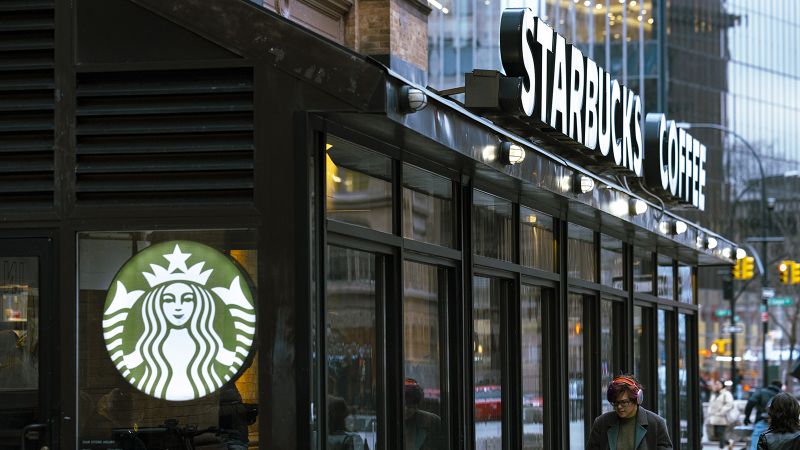Brewing Trouble: Starbucks Slims Down Staff and Menu in Radical Turnaround Strategy

In a strategic move to boost its performance, Starbucks is reshaping its business model by streamlining its workforce and menu. The coffee giant revealed plans on Monday to eliminate over 1,000 jobs and simplify its drink offerings, targeting complex and less popular beverages that have been weighing down its sales.
This bold restructuring comes as Starbucks seeks to reinvigorate its market position and improve overall operational efficiency. By reducing staff and trimming down its extensive menu, the company aims to refocus on its core strengths and customer preferences.
The decision reflects a broader effort to streamline operations, cut costs, and respond to changing consumer demands in a challenging retail environment. Starbucks hopes these changes will help revitalize its brand and restore momentum to its struggling sales performance.
While the job cuts and menu reduction may be difficult in the short term, the company believes these strategic adjustments are necessary to ensure long-term sustainability and continued growth in the competitive coffee market.
